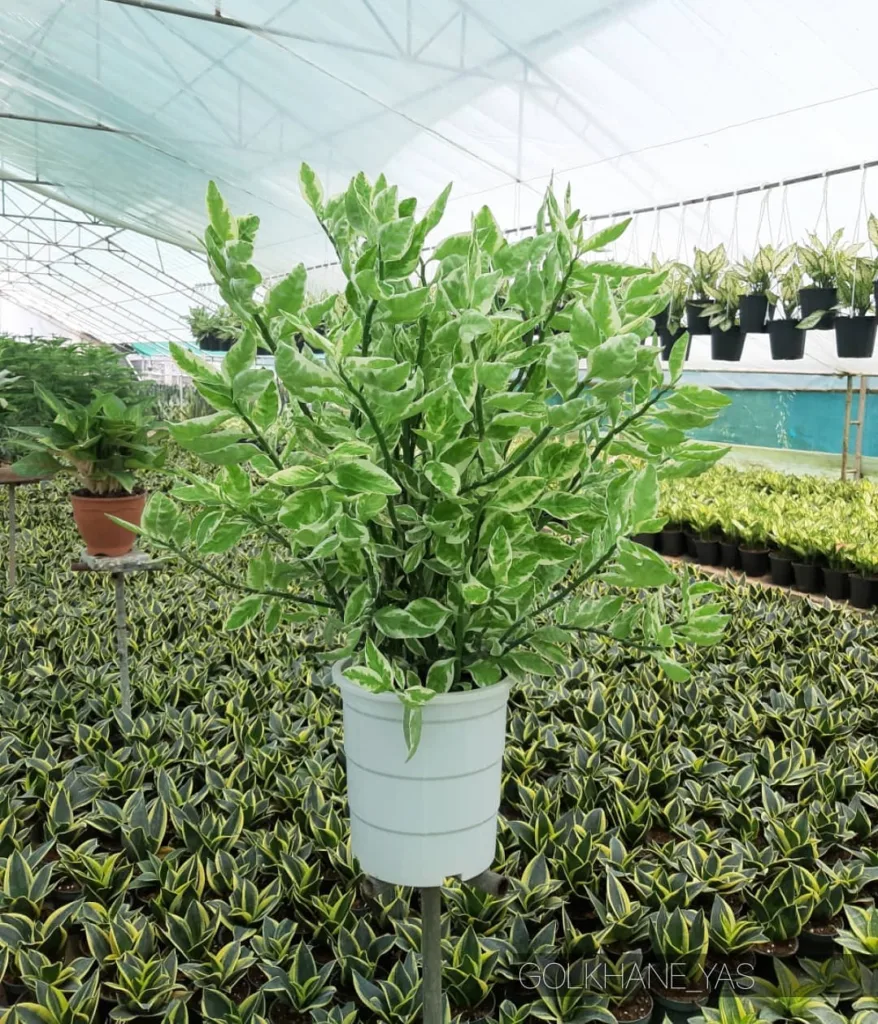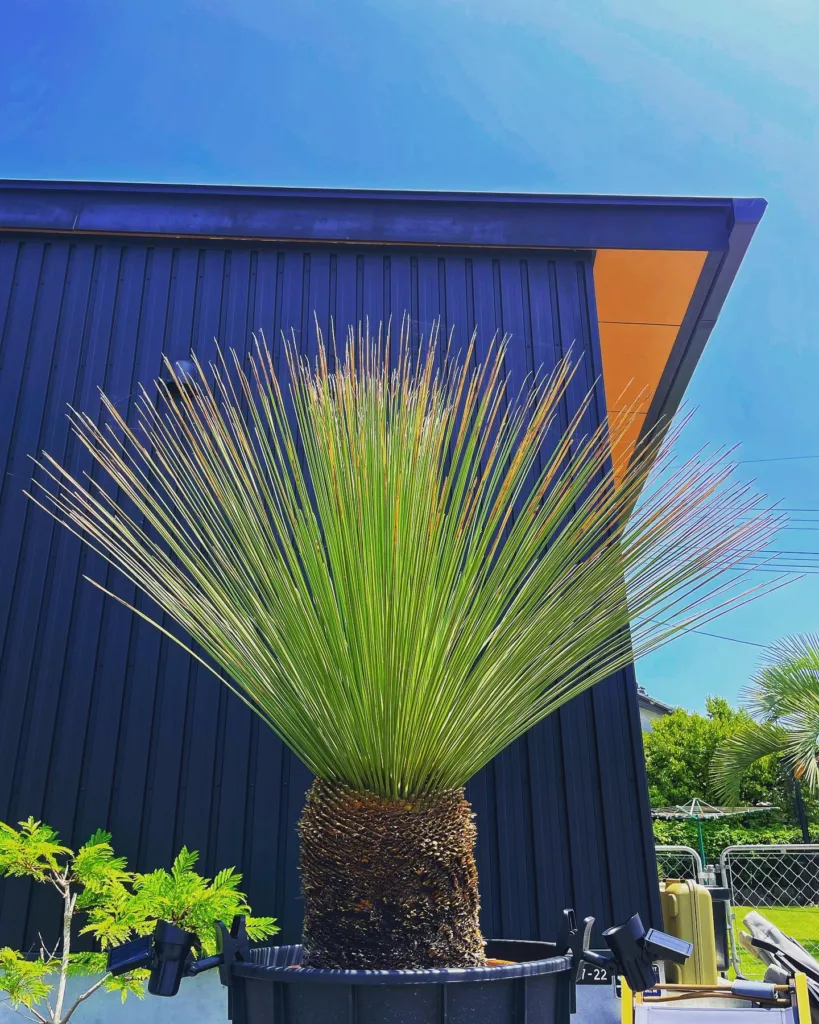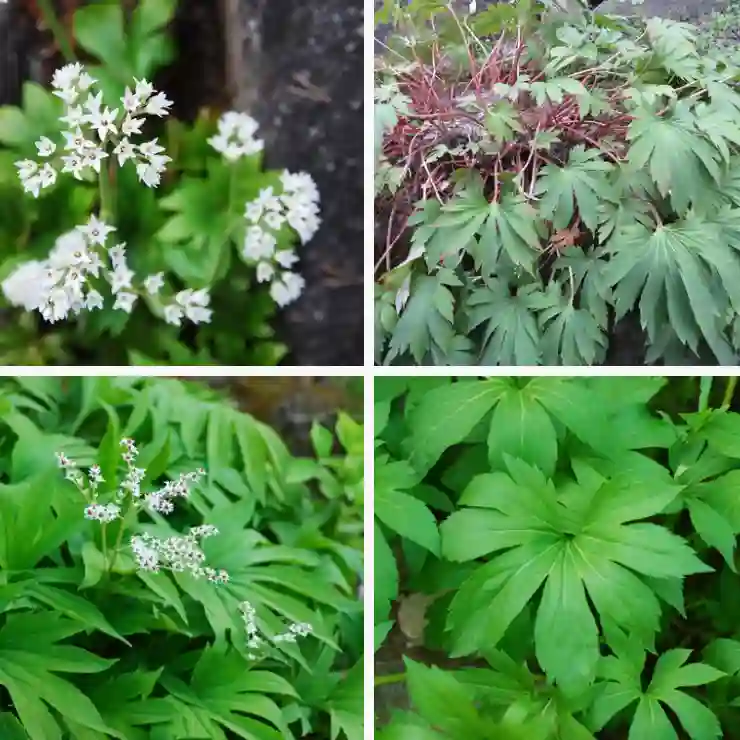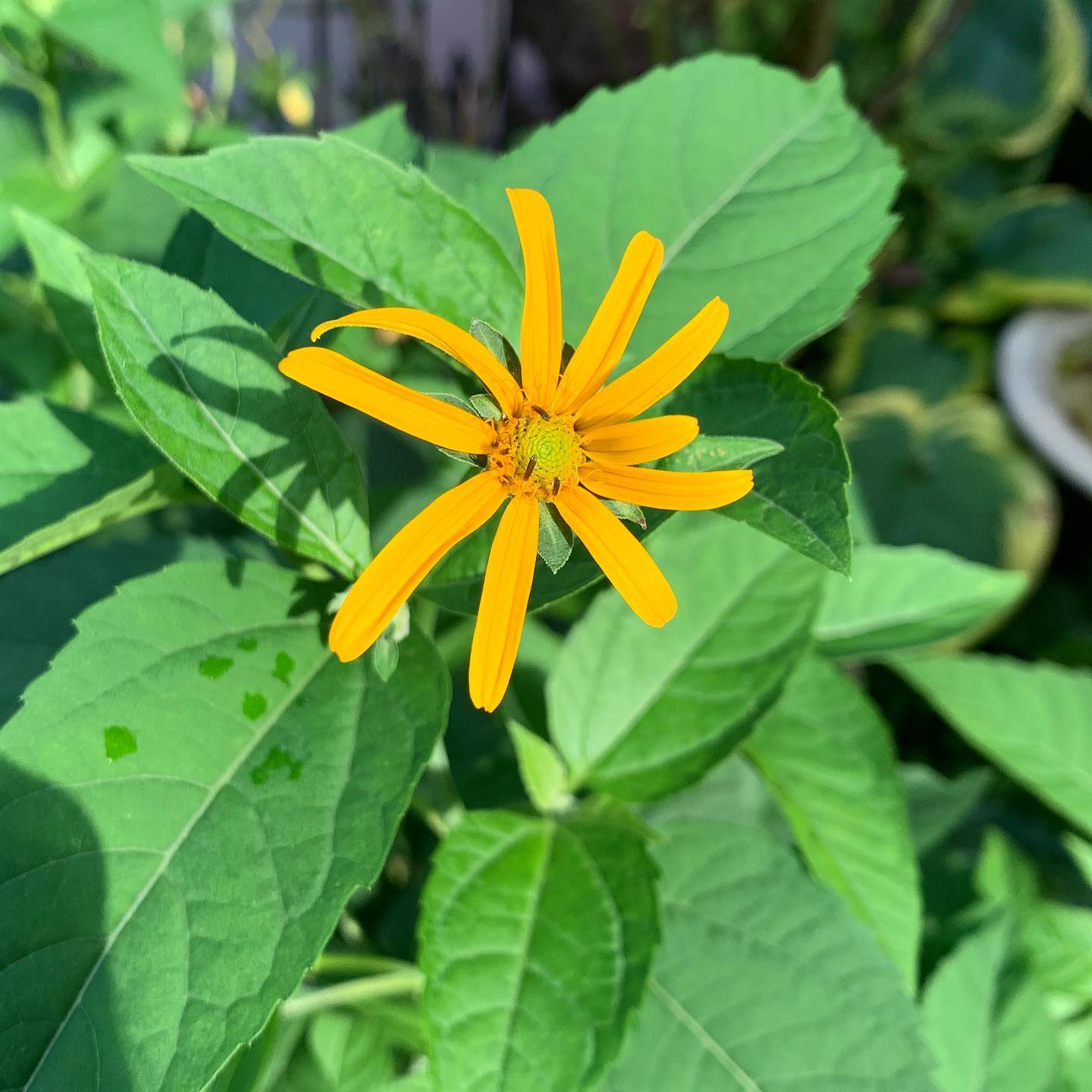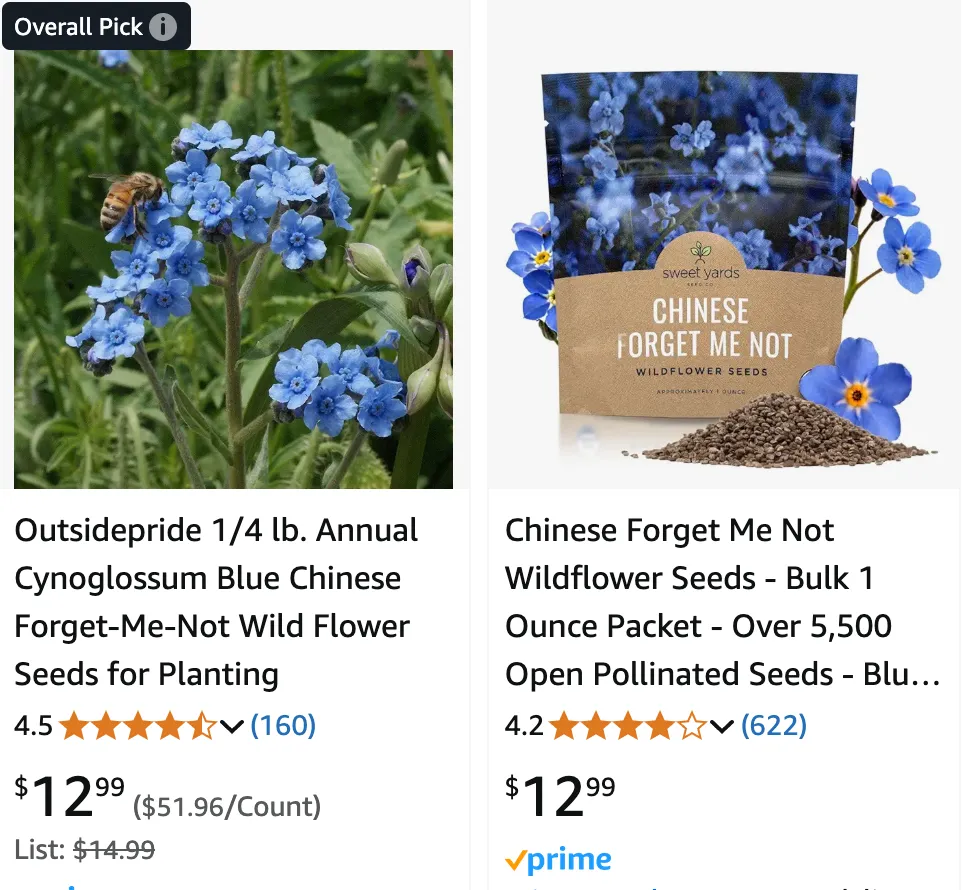
December 20 – Cynoglossum
"Cynoglossum, the dog’s tongue, represents December 20."
Cynoglossum symbolizes loyalty and remembrance. You are a steadfast friend, always there for those who need you. Like the dog’s tongue plant, you leave a lasting impression, helping others to remember the strength and depth of your connection. Your loyalty and support are unwavering, and your presence is always cherished.
Hound’s Tongue: A Deep Dive with Ferb Vu
The world of botany is filled with fascinating specimens, each with its own unique story to tell. Today, I, Ferb Vu, want to delve into the intricacies of a particular genus that has always captivated me: Cynoglossum. Commonly known as hound’s tongue, this group of plants belongs to the Boraginaceae family, a group known for its rough, hairy leaves and vibrant flowers.
Understanding Cynoglossum
The name Cynoglossum originates from the Greek words “cyno” (dog) and “glossum” (tongue), a rather descriptive name derived from the shape and texture of the leaves. These plants, often biennial or perennial herbs, are characterized by their hairy foliage and small, clustered flowers that range in color from blue and purple to reddish-purple and even white.
But Cynoglossum is more than just a pretty face. These plants have a rich history of use in traditional medicine, employed for their astringent, antidiarrheal, and demulcent properties. However, it’s crucial to remember that some species contain pyrrolizidine alkaloids, which can be toxic to the liver. Therefore, caution and thorough research are essential before any medicinal use.
A Diverse Genus
The genus Cynoglossum boasts a diverse range of species, with estimates suggesting over 80 distinct members. These species are spread across various continents, including Europe, Asia, Africa, and even Australia:
- Cynoglossum officinale: Perhaps the most well-known species, commonly referred to as common hound’s tongue or gypsy flower. This plant, with its reddish-purple flowers and bristly fruits, is often found in disturbed areas and roadsides. – Plant FAQs: Cynoglossum Officinale – Hound’s Tongue
- Cynoglossum amabile: A more delicate species compared to C. officinale, C. amabile is commonly known as Chinese forget-me-not. Its vibrant blue flowers make it a popular ornamental plant. – Plant FAQs: Cynoglossum Amabile – Chinese Forget-Me-Not
- Cynoglossum creticum: This Mediterranean species is notable for its blue flowers with a distinct red center.
- Cynoglossum aequinoctiale T.C.E.Fr.
- Cynoglossum alpestre Ohwi
- Cynoglossum alpinum (Brand) Riedl
- Cynoglossum alticola Hilliard & B.L.Burtt
- Cynoglossum amplifolium Hochst. ex A.DC.
- Cynoglossum asperrimum Nakai
- Cynoglossum australe R.Br.
- Cynoglossum × austriacum Rech.
- Cynoglossum austroafricanum Hilliard & B.L.Burtt
- Cynoglossum baeticum Sutorý
- Cynoglossum barbaricinum Arrigoni & Selvi
- Cynoglossum birkinshawii J.S.Mill.
- Cynoglossum borbonicum (Lam.) Bory
- Cynoglossum bottae Deflers
- Cynoglossum brandii Sutorý
- Cynoglossum castaneum Riedl
- Cynoglossum celebicum Brand
- Cynoglossum cernuum Baker
- Cynoglossum cheirifolium L.
- Cynoglossum cheranganiense Verdc.
- Cynoglossum clandestinum Desf.
- Cynoglossum coeruleum Hochst. ex A.DC.
- Cynoglossum columnae Ten.
- Cynoglossum dalianum Sutorý
- Cynoglossum densefoliatum Chiov.
- Cynoglossum dioscoridis Vill.
- Cynoglossum divaricatum Stephan ex Lehm.
- Cynoglossum formosanum Nakai
- Cynoglossum gansuense Y.L.Liu
- Cynoglossum germanicum Jacq.
- Cynoglossum glabellum Riedl
- Cynoglossum hanangense Verdc.
- Cynoglossum hellwigii Brand
- Cynoglossum hispidum Thunb.
- Cynoglossum holosericeum Steven
- Cynoglossum inyangense E.S.Martins
- Cynoglossum javanicum (Lehm.) A.DC.
- Cynoglossum kandavanense (Bornm. & Gauba) Akhani
- Cynoglossum karamojense Verdc.
- Cynoglossum krasniqii Wraber
- Cynoglossum lanceolatum Forssk.
- Cynoglossum × legionense Rothm.
- Cynoglossum lowryanum J.S.Mill.
- Cynoglossum macrocalycinum Riedl
- Cynoglossum macrolimbe Riedl
- Cynoglossum magellense Ten.
- Cynoglossum maghrebicum Sutorý
- Cynoglossum mathezii Greuter & Burdet
- Cynoglossum mediterraneum Sutorý
- Cynoglossum meeboldii Brand
- Cynoglossum microglochin Benth.
- Cynoglossum × modorense Rech.
- Cynoglossum monophlebium Baker
- Cynoglossum montanum L.
- Cynoglossum natolicum (Bornm.) Sutorý
- Cynoglossum nebrodense Guss.
- Cynoglossum nova-guineese Riedl
- Cynoglossum obtusicalyx Retief & A.E.van Wyk
- Cynoglossum papuanum Schltr. ex O.Brand
- Cynoglossum pitardianum Greuter & Burdet
- Cynoglossum pustulatum Boiss.
- Cynoglossum sabirense (R.R.Mill & A.G.Mill.) J.R.I.Wood
- Cynoglossum semnanicum Khat.
- Cynoglossum seravshanicum (B.Fedtsch.) Popov
- Cynoglossum spelaeum Hilliard & B.L.Burtt
- Cynoglossum sphacioticum Boiss. & Heldr.
- Cynoglossum stewartii Kazmi
- Cynoglossum timorense Riedl
- Cynoglossum torvum Dimon & M.A.M.Renner
- Cynoglossum trinervium (Duthie) Greuter & Stier
- Cynoglossum trollii Melch.
- Cynoglossum tsaratananense J.S.Mill.
- Cynoglossum tubiflorum (Murb.) Greuter & Burdet
- Cynoglossum ukaguruense Verdc.
- Cynoglossum vanense Sutorý
- Cynoglossum viridiflorum Pall. ex Lehm.
- Cynoglossum wallichii G.Don
- Cynoglossum watieri (Batt. & Maire) Braun-Blanq. & Maire
- Cynoglossum wildii E.S.Martins
- Cynoglossum yemenense (R.R.Mill & A.G.Mill.) Verdc.
- Cynoglossum zeylanicum (Sw. ex Lehm.) Thunb. ex Brand
Ecological Role and Challenges
Cynoglossum species play a crucial role in their respective ecosystems. Their flowers provide nectar and pollen for various pollinators, including bees and butterflies. However, some species, particularly C. officinale, can become invasive due to their prolific seed production and adaptability. This highlights the importance of responsible planting and management of these species.
Looking Ahead
As our understanding of the Cynoglossum genus continues to grow, we can expect to uncover even more fascinating aspects of these plants. Further research into their chemical composition, ecological interactions, and potential uses will undoubtedly shed more light on their significance in the natural world.
I, for one, am excited to see what the future holds for our understanding of Cynoglossum. The journey of botanical exploration is a continuous one, and I invite you all to join me in appreciating the wonders of the plant kingdom.
If i die, water my plants!
